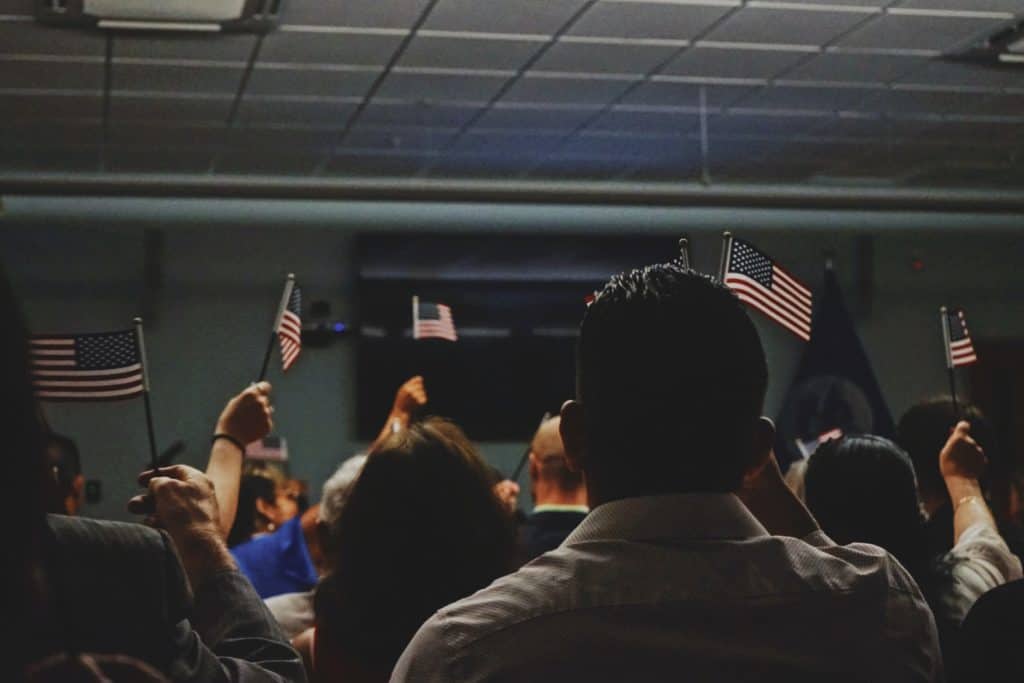In 2018, there were 22 million noncitizens in the United States — this is about 7% of the total population. Immigrants with and without legal status have faced various forms of discrimination and inequity throughout U.S. history. Now, in the wake of the coronavirus pandemic, this already marginalized population is experiencing even more disadvantages.
Immigrants play a central role in the U.S. economy, especially as essential workers and workers in industries hardest hit by the pandemic’s economic impact. Approximately 6 million immigrants work in frontline occupations in healthcare, grocery stores, agriculture and transportation. Working in these essential jobs increases their risk of exposure to the virus, especially for those with healthcare occupations. They make up 20% of workers in the food service and domestic household service industries which face economic devastation due to the pandemic. Noncitizens are also more likely to be low-income and work low-wage jobs that do not offer paid sick leave or employer-sponsored health insurance. In addition to these challenges for the employed, immigrants faced a greater increase in unemployment rates during the pandemic compared to non-immigrants. Between February and April of 2020, unemployment rates for foreign born workers increased by 34% more than the increase in unemployment rates experienced by native born workers. Together, these circumstances help explain the disproportionately high rates of COVID-19 and economic hardship for the nation’s immigrant population.
Immigrants also face exclusion from federal benefits and aid. The public charge rule, which went into effect in February, makes it harder for immigrants to obtain a green card or visa when they have received government benefits such as food stamps, Medicare and Medicaid. As a result, many immigrant families have dropped out of federal healthcare programs out of fear that using them will inhibit their ability to become citizens. While the Trump Administration added an exemption for COVID-19 treatment, opponents of the rule are concerned that it will still prevent immigrants from seeking critical healthcare. Recent federal aid legislation also excluded immigrants and their families. The 11 million unauthorized immigrants living in the U.S. are not eligible for the $1,200 stimulus checks provided through the federal CARES Act because they do not have social security numbers. On top of this, the CARES Act excludes the immediate family members of undocumented workers — even those who are U.S. citizens. Consequently, 15.4 million people are estimated to be excluded from this federal aid.
Furthermore, immigrants face significant barriers to healthcare. Compared to 8% of citizens, 23% of immigrants with legal status and 45% of undocumented immigrants do not have health insurance. As a result, many immigrants forgo essential healthcare services. Uninsured immigrants often depend on community health centers for healthcare services, information in their native languages and connections to resources like food. While the CARES Act allocated $2 billion in additional funding and the coronavirus funding bill provided $100 million to community health centers, some are still struggling with a lack of funding, staffing, resources and equipment.
Additionally, the U.S. immigration system created many barriers for immigrants during the pandemic. In March and April of this year, President Trump issued proclamations that suspended refugee admissions and all in-person naturalization services. Thousands of immigrants have been turned away at the border since the March 20 order was issued. On June 22, 2020, Trump extended the suspension of some immigration from outside the U.S., a ban on green cards and restrictions on several types of visas until at least December 31, 2020. As a result, many immigrants cannot obtain visas to work nor advance in their progress towards citizenship, exacerbating the economic and political inequalities they already face. Immigration and Customs Enforcement (ICE) recently announced that international students may not remain in the United States if their schools are operating entirely online for the fall semester. This could result in the displacement of thousands of students as they are forced to leave the country. Despite the release of 700 hundred detainees and limited intake of new detainees, ICE is still forcing around 33,000 individuals to live in detention facilities that put them at high risk of exposure to the virus. While ICE claims that high-risk detainees are housed separately, significant concern remains for detainees with underlying medical conditions.
The coronavirus pandemic exposes the systemic inequities immigrants face that exclude them from lifesaving healthcare, economic and federal services and relief. As the federal government deliberately excludes immigrants from stimulus aid and immigration services, it is left up to state and local governments and nonprofit organizations to help provide resources and healthcare services to this especially vulnerable population.
Marjanna Smith is special initiative intern with NCRC.
Photo by Elias Castillo on Unsplash



